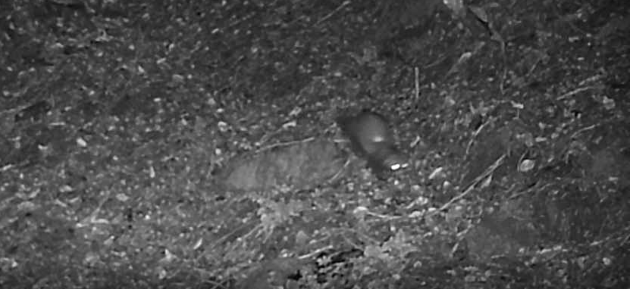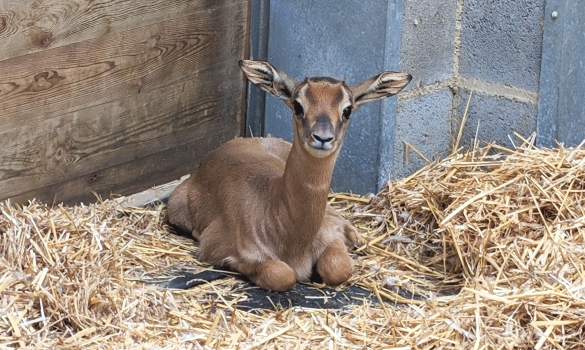

It had been over 50 years since a member of this endangered species had been detected in Catalonia, in this area of the Pyrenees
The images were recorded under the Mesocarnivore Monitoring Project run by the Felis Group at the Catalan Institute of Natural History (ICHN) and the Barcelona Zoo Foundation
Pictures were taken this June, giving evidence, for the first time in over 50 years, of the presence of a European polecat in the Vall d’Aran.
The pictures were recorded in the framework of the Mesocarnivore Monitoring Project being run by the Felis Group at the Catalan Institute of Natural History (ICHN) and the Barcelona Zoo Foundation, and which is being supported in the Vall d’Aran by the Conselh Generau d'Aran [autonomous governing body of the Aran region in Catalonia] and in collaboration with volunteers from the Aran pera Natura Association.
More than thirty monitoring stations have been established at several points in this Catalan area for carrying out this project, each of which has 12 camera traps. The pictures were taken using one of these cameras on a plot of land belonging to the Barcelona Zoo Foundation. The last recorded sighting of this endangered species in this area of the Pyrenees was back in the 1960s.
Current situation of European polecats in Catalonia
The European polecat (Mustela putorius) is classed as an endangered species under the new Catalogue of Endangered Species in Catalonia. This is the highest endangered category envisaged by the catalogue and therefore places it as the most endangered carnivorous mammal among the fauna of Catalonia.
The last 30 years have seen the population of this species and its areas of distribution fall drastically to their current levels, with members living only in some parts of Girona’s counties, the plains of the Alt and Baix Empordà regions, and occasionally spotted at the source of the river Ter, in the Ripollès county.
It was based on this situation that the Government of Catalonia’s Ministry for Climate Action, Food and Rural Agenda, the Barcelona Zoo Foundation and the Trenca Association set up the TuroCat project in 2018, with the aim of reversing a situation where these polecats had been brought to the brink of extinction in Catalonia. This is why one of the project’s main actions has been to reintroduce the species to areas it had disappeared from as well as boost its populations in areas where individuals can still be found. TuroCat is based on the monitoring of mammals carried out under other projects, such as the Felis Group’s Mesocarnivore Monitoring Programme.
The Barcelona Zoo Foundation launches multidisciplinary teams with the goal of planning and implementing ex situ conservation projects (EEP) and in their natural environments, in collaboration with research centres, administrations, benchmark NGOs and the scientific community. Projects such as those reintroducing polecats, nets and Majorcan midwife toads are supporting this development.
You can download the video of the polecat in Vall d’Aran: https://fromsmash.com/Turo-Vall-dAran




